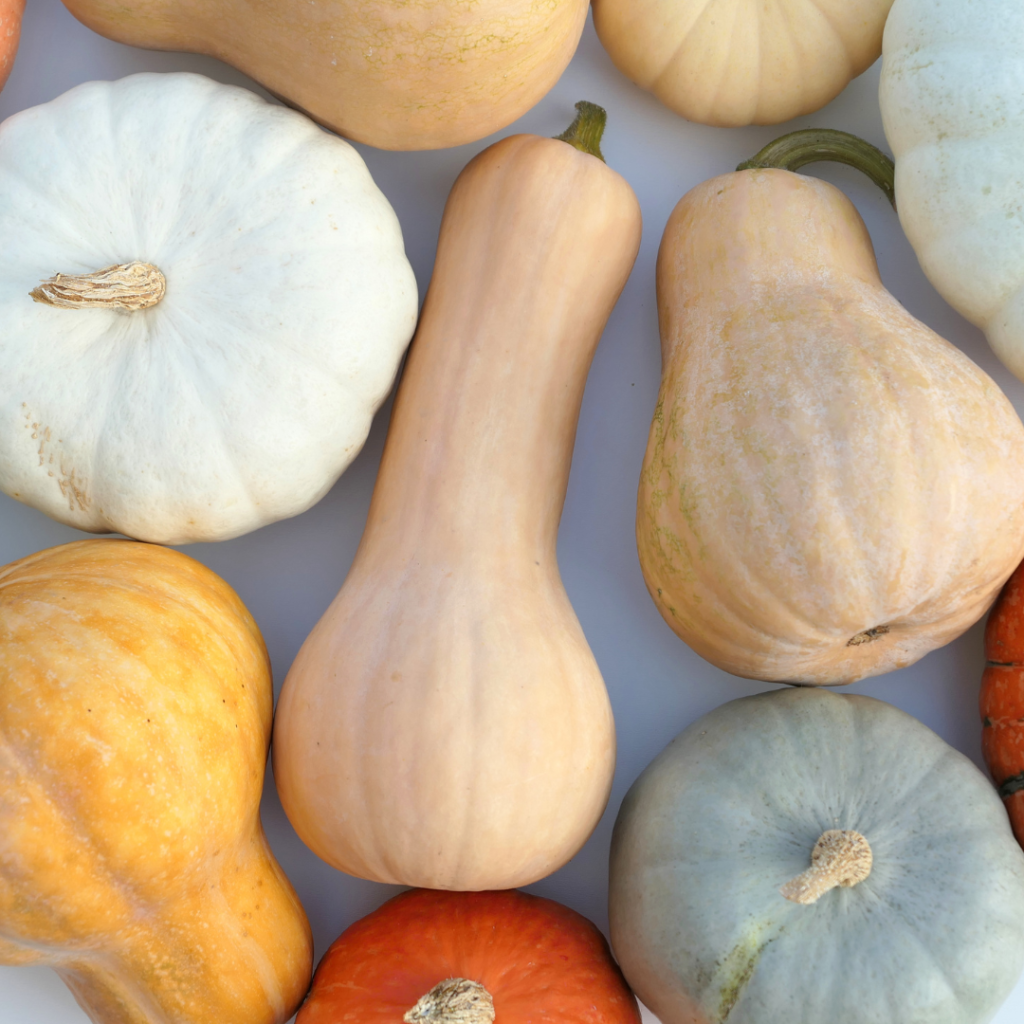
All squash, large or small, winter or summer, are fruits. They share the cucurbit family vine with melons and gourds like cucumbers and luffas. We tend more often to treat them like vegetables, however, with pumpkin pie being the obvious exception.
In fact, I think it’s as a savoury ingredient that they really shine. Their dense, bright-orange or yellow flesh and sweet, nutty flavour elevate countless preparations.
A little pumpkin purée is even good for your pet if they have a sensitive stomach. And for the rest of us, squash is highly nutritious in all the usual ways, with the added bonus of beta carotene. Bugs Bunny would approve. With typical culinary contrariness, all pumpkins are squash but not all squash are pumpkins. Although in some countries pumpkin is used to describe any winter squash.
A large winter squash can be intimidating, but if you take the time to prepare it, the roasted flesh can provide not only a delicious meal that day, but the left-over purée can be frozen and used all winter in lots of future recipes like breads, ravioli, soups and yes, lovely silky pies. While a hefty winter squash, cut into manageable pieces and simply roasted (served with butter, salt, pepper and maybe a bit of thyme), is a perfect fall side dish, this versatile fruit/vegetable can be so much more.
For a large specimen, just take a deep breath and pay attention. The flesh is dense, and the skin is often thick and unyielding. Use a large, sharp chef’s knife and slowly (but with constant pressure), cut the behemoth in half or into large wedges. A folded tea towel held over the top of the blade can help make it more stable and less intimidating. With a sharp-edged spoon, scoop out the seeds and fibres as you go. Continue this process until you have several pieces of squash, more or less equal in size. Lightly oil a baking sheet and at 190-205 C (374-400 F), bake until the flesh is easily pierced with a fork or skewer. This can take anywhere from 45 minutes to an hour, depending on the thickness and size of the squash.
The most common varieties of winter squash likely to be found in supermarkets are pumpkin, butternut and acorn, but when you visit your local farmers’ market in the fall, be prepared for a cornucopia of sizes, shapes and colours. Massive blue Hubbard and pink-skinned cheese and butternut squashes, dark-green striped Japanese kabocha and bright-red kuri squash rub elbows with cute little water-coloured striped delicata and carnival squash. You have red, green, blue, yellow, orange, white and multi-coloured. Some look like goose necks, some like Turkish turbans. Whether large, medium or small, squat or round, smooth or ridged, veined or warty, the choices seem limitless. And they all taste wonderful. Note: Don’t bother fussing with your carving pumpkin. These squash are grown specifically for Hallowe’en and are not worth the amount of work to turn them into pie. Save the seeds though.
In my opinion, the best bang for your buck, taste- and dollar-wise, is the butternut squash. Shaped like an elongated pear with a thin, easily peeled tan-coloured skin, this lovely bright-orange-fleshed squash is sweet, nutty and dense. It’s also available in a range of sizes for all purposes. The thick, seedless neck can be sliced and baked and the bulbous base where the seeds are can be roasted and used in soups and fillings. This is truly the queen of the squash patch.
What to do with the squash seeds? Unlike sunflower seeds, the whole business is perfectly edible, especially if you’re a bit impatient and you’ve used extra flavourings when roasting them. Put the seeds in a bowl of water and squish them around to dislodge as much of the goop and fibres as you can. Drain the lot, discarding the detritus, and rinse again until all the fibres are gone. Boil the seeds in well-salted water for 10 minutes, drain and spread on a clean tea towel until dry. The drier the seeds are before roasting, the crispier they will be. Preheat your oven, 160 C (325 F) and toss the seeds with a little vegetable oil, sea salt and any number of extra seasonings. Try chili powder, soy sauce, cumin, smoked paprika, Worcestershire sauce, curry powder, even maple syrup, brown sugar and cinnamon. Maybe not all at the same time, but you do you.
Here’s Ellen’s recipe for Butternut Squash Soup and Fareen’s recipe for Pumpkin Pasta.

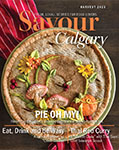


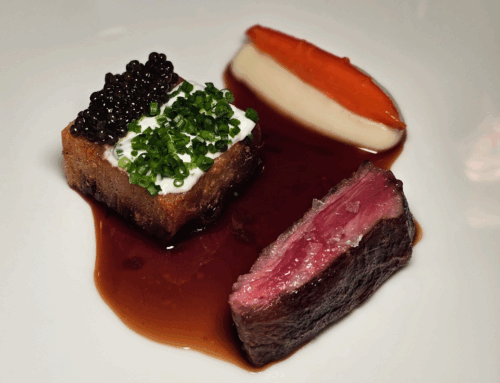
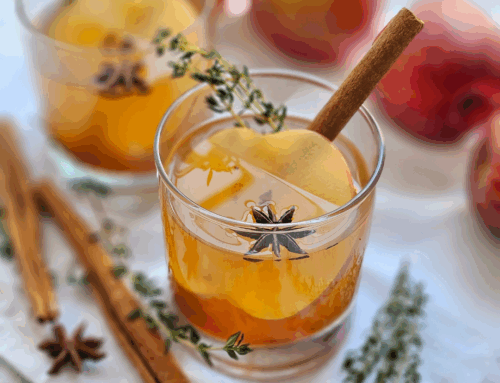
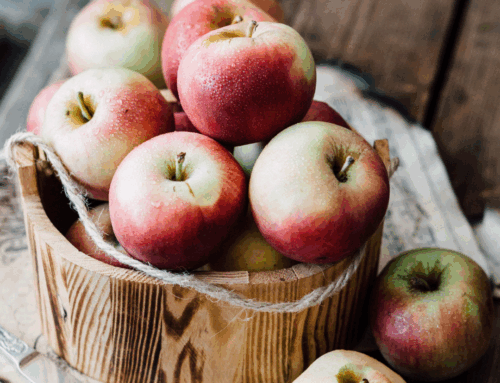

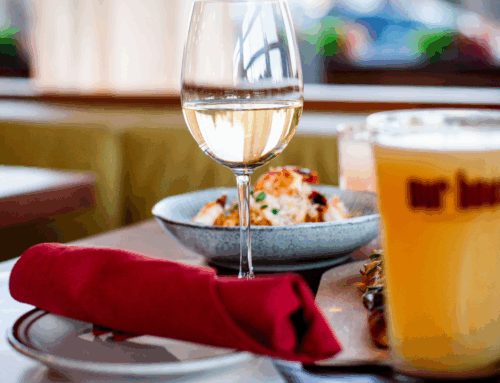
Leave A Comment